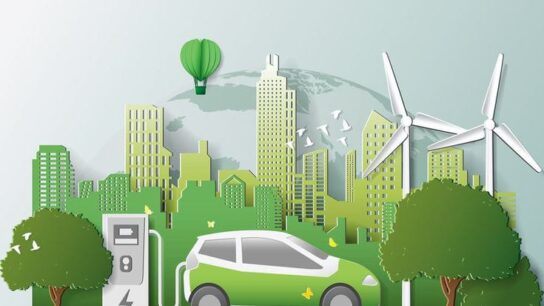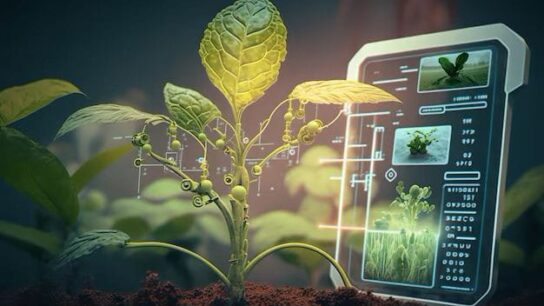Driving Innovation: Exploring the Evolution and Impact of the Automobile Industry
The automobile industry stands as a cornerstone of modern civilization, revolutionizing transportation, shaping economies, and transforming societies. From the invention of the first horseless carriage to the dawn of electric and autonomous vehicles, the automotive sector has witnessed remarkable evolution, driven by technological advancements, economic imperatives, and societal needs. In this comprehensive blog, we’ll delve into the history, dynamics, and future prospects of the automobile industry, examining its impact on mobility, economy, and sustainability.
The Birth of an Industry: From Horseless Carriages to Mass Production
The origins of the automobile industry can be traced back to the late 19th century, with the invention of the first gasoline-powered vehicles by pioneers such as Karl Benz, Gottlieb Daimler, and Henry Ford. These early automobiles, consisting of rudimentary engines and wooden chassis, paved the way for the mass production of affordable vehicles, democratizing mobility and ushering in the age of modern transportation.
- Innovation and Invention: The invention of the internal combustion engine, coupled with advances in metallurgy, engineering, and manufacturing, enabled the development of early automobiles capable of traversing long distances at higher speeds than horse-drawn carriages. Innovations such as the assembly line, pioneered by Henry Ford, revolutionized production processes, making cars more affordable and accessible to the masses.
- Mass Production and Global Expansion: The advent of mass production techniques, exemplified by Ford’s Model T, transformed the automobile from a luxury item for the wealthy elite to an essential mode of transportation for the middle class. The automotive industry expanded rapidly, with manufacturers establishing assembly plants and distribution networks across continents, fueling economic growth and urbanization.
- Cultural Impact: The automobile revolutionized lifestyles, reshaping urban landscapes, leisure activities, and social interactions. Cars became symbols of freedom, independence, and status, enabling individuals to explore new destinations, commute to work, and participate in recreational activities such as road trips, rallies, and motorsports events. Dynamics of the Modern Automotive Industry: Innovation, Competition, and Globalization
The modern automotive industry is characterized by rapid technological innovation, intense competition, and increasing globalization, as manufacturers strive to meet evolving consumer preferences, regulatory requirements, and sustainability goals.
- Technological Innovation: Advances in automotive technology are driving unprecedented innovation in vehicle design, performance, and safety. From electric propulsion systems and autonomous driving technologies to connected vehicles and artificial intelligence, the automotive industry is at the forefront of technological innovation, reshaping the future of mobility and transportation.
- Market Competition: The automotive industry is highly competitive, with global manufacturers vying for market share and consumer loyalty. Established players such as Toyota, Volkswagen, and General Motors compete with emerging challengers like Tesla, NIO, and Rivian, driving innovation and investment in electric and autonomous vehicle technologies.
- Supply Chain and Globalization: The automotive industry operates within a complex global supply chain, sourcing components, materials, and expertise from suppliers and partners around the world. Globalization has led to the outsourcing of manufacturing processes, the establishment of international production networks, and the expansion of sales and distribution channels to new markets.
- Regulatory Environment: Regulatory frameworks and government policies play a significant role in shaping the automotive industry, influencing vehicle emissions standards, safety regulations, fuel efficiency requirements, and consumer protection measures. Regulatory compliance and sustainability initiatives are driving investments in clean energy technologies and alternative fuels, accelerating the transition to electric and hybrid vehicles. Sustainable Mobility: Addressing Environmental Challenges and Future Trends
As concerns about climate change, air pollution, and resource depletion mount, the automotive industry is undergoing a paradigm shift towards sustainable mobility solutions and environmentally friendly technologies.
- Electric Vehicles (EVs): Electric vehicles represent a key pillar of sustainable mobility, offering zero-emission transportation solutions that reduce greenhouse gas emissions and dependence on fossil fuels. Advances in battery technology, charging infrastructure, and government incentives are driving the adoption of electric vehicles, with manufacturers investing billions in EV development and production.
- Autonomous Vehicles (AVs): Autonomous vehicles hold the promise of safer, more efficient, and accessible transportation, with the potential to reduce traffic congestion, improve road safety, and enhance mobility for elderly and disabled individuals. Despite technical and regulatory challenges, major automakers and technology companies are investing heavily in AV research and development, aiming to bring fully autonomous vehicles to market in the coming years.
- Shared Mobility Services: The rise of shared mobility services such as ride-hailing, car-sharing, and micro-mobility is reshaping urban transportation patterns, offering convenient alternatives to traditional car ownership. Shared mobility platforms leverage digital technologies, mobile apps, and data analytics to optimize vehicle utilization, reduce congestion, and improve access to transportation in urban areas.
- Circular Economy and Sustainable Manufacturing: The automotive industry is embracing principles of the circular economy, minimizing waste, maximizing resource efficiency, and promoting sustainable manufacturing practices. Recycling, remanufacturing, and closed-loop supply chains are reducing the environmental impact of vehicle production and end-of-life disposal, fostering a more sustainable automotive ecosystem. Conclusion: Navigating the Road Ahead
The automobile industry stands at a crossroads, facing unprecedented challenges and opportunities as it navigates the transition to a more sustainable, connected, and autonomous future. Technological innovation, regulatory frameworks, and shifting consumer preferences are reshaping the dynamics of the automotive industry, driving investments in electric vehicles, autonomous driving technologies, and shared mobility services.
As we look ahead, collaboration and partnerships between industry stakeholders, governments, and civil society will be essential for overcoming barriers to adoption, addressing infrastructure gaps, and promoting sustainable mobility solutions that benefit society and the environment. By embracing innovation, fostering a culture of sustainability, and reimagining the future of transportation, the automotive industry can continue to drive progress, prosperity, and mobility for generations to come.



